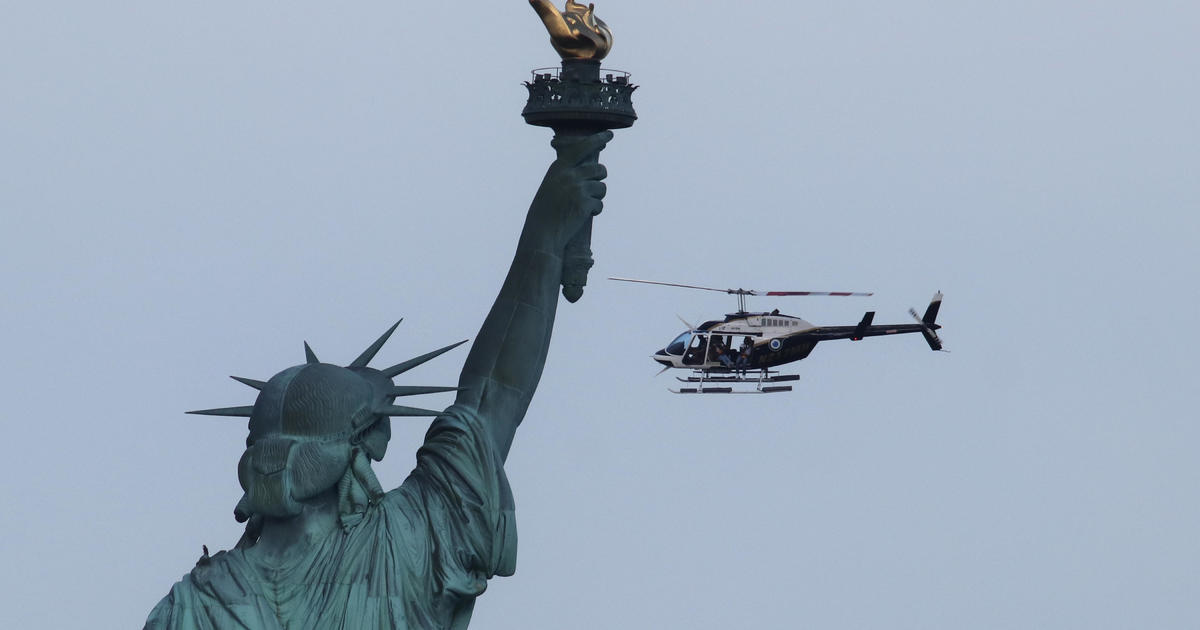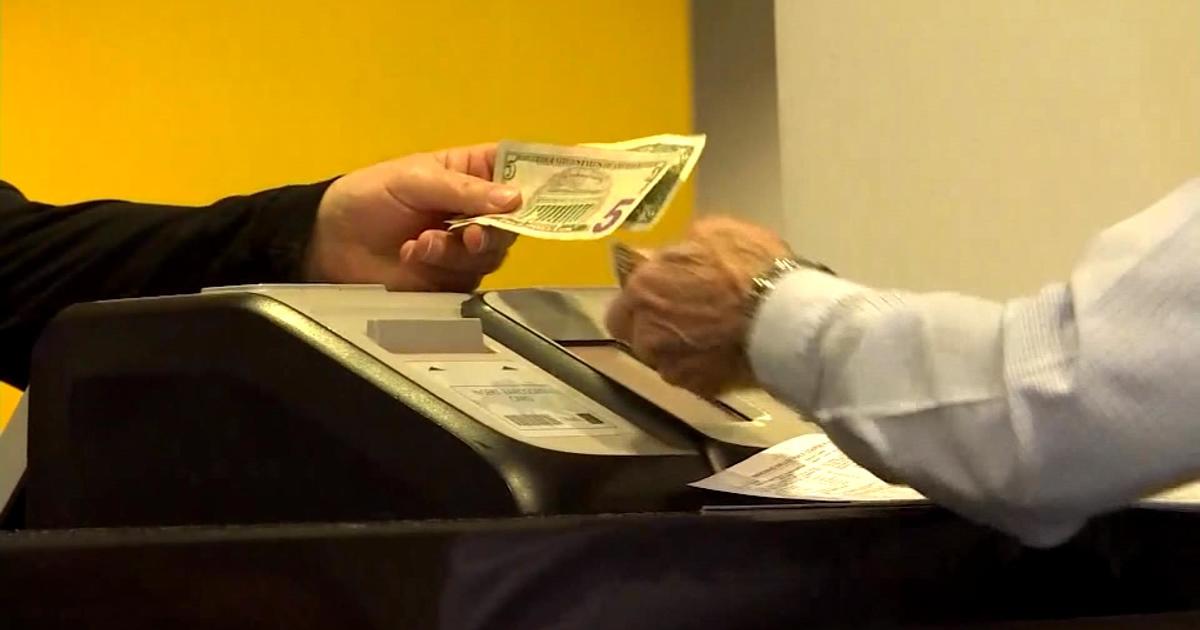NYPD Officers Receive New Stop-And-Frisk Rules With Tight New Restrictions
NEW YORK (CBSNewYork/AP) -- NYPD officers on Tuesday received new official guidelines for use of the stop-and-frisk method, in response to a federal ruling that concluded that the method discriminated against minorities.
The new guidelines, which were to be read to officers at the next 10 roll calls, lay down tight restrictions on when it is acceptable for an officer to stop or frisk a subject. The guidelines also remind officers that racial profiling is forbidden under a strict definition.
The new policy said in order to conduct a stop, an officer "must have individualized, reasonable suspicion that the person stopped has committed, is committing, or is about to commit a felony or penal law misdemeanor."
A conclusion that someone is acting suspiciously based on "furtive movements," or a person's mere presence in a "high-crime area," is not enough to warrant a stop by an officer under the new guidelines. Stops and frisks were permitted for such reasons alone in the past, according to published reports.
"Furtive movements" and being in a high-crime area may still be used as a reason for a stop and frisk in combination with other factors, but officers now have limits there, too.
"The stopping officer must be able to specifically describe the suspicious nature of the 'furtive moments' that he or she observed, and he or she must not define the 'high-crime area' too broadly, such as encompassing an entire precinct or borough," the guidelines said.
The guidelines also forbid stops by an officer based on a generalized description of a suspect – such as one that includes only a race and an age range.
"A person may not be stopped merely because he or she matches a generalized description of a crime suspect, such as an 18- to 25-year-old black male; if physical description is the only factor relied on by the officer, it must be more specific than that to form a sufficient basis for a stop," the guidelines said.
The guidelines further said that a frisk is not always automatically acceptable whenever an officer stops someone.
"The officer must have an independent basis to reasonably suspect that a person who has been stopped is armed and dangerous in order to frisk that person," the guidelines said.
The guidelines further described a frisk not as a search for evidence of a crime, but rather an effort to ensure the officer's safety and nothing more.
"Thus, a frisk is limited to a pat-down of the outer clothing of a suspect to determine if the suspect has a weapon. If during the course of that pat-down, the officer feels an object that the officer reasonably suspects is a weapon, the officer may take whatever action is necessary to retrieve the object and protect himself or herself, including removing the object from the clothing of the person stopped," the guidelines said.
Legally, probable cause is a higher standard of proof than reasonable suspicion. "Reasonable suspicion" is considered legally sufficient to stop, detain and frisk a suspect, but "probable cause" is required for an officer to conduct a search or make an arrest.
The guidelines further emphasized that racial profiling is not permitted under the U.S. Constitution, and enforcement action "motivated even in part by the person's race, color, or national origin… violates the constitution unless the officer's decision is based on a specific and reliable suspect description that includes not just race, but other identifying characteristics."
No one may be stopped and frisked just because he or she is part of a racial or ethnic group that shows up more often in local crime suspect data, the release said. Race may only be considered in conjunction with other attributes.
The guideline followed a ruling by U.S. District Court Judge Shira Scheindlin in 2013, following the civil trial of a lawsuit filed five years earlier and challenging the stop-and-frisk policy. Scheindlin ruled that the practice sometimes discriminated against minorities, and ordered sweeping reforms and installed a monitor to oversee the changes.
Then-Mayor Michael Bloomberg's administration appealed her decision, but Mayor Bill de Blasio dropped the appeal when he took office, as he had said he would do in his campaign.
The police practice was de Blasio's biggest campaign issue and helped propel him to the top of the pack during the Democratic mayoral primary in 2013.
(TM and © Copyright 2015 CBS Radio Inc. and its relevant subsidiaries. CBS RADIO and EYE Logo TM and Copyright 2015 CBS Broadcasting Inc. Used under license. All Rights Reserved. This material may not be published, broadcast, rewritten, or redistributed. The Associated Press contributed to this report.)



